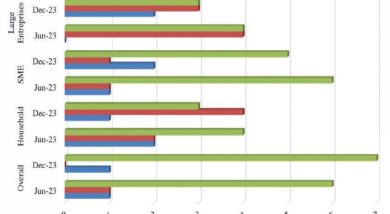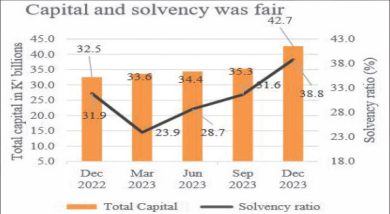Food prices continue to soar
 Cost of living statistics have revealed how an increasing number of people, particularly the rural and poor Malawians, are struggling to make ends meet.
Cost of living statistics have revealed how an increasing number of people, particularly the rural and poor Malawians, are struggling to make ends meet.
The people’s misery is against the backdrop of increasing prices of goods and services, shrinking wages, growing unemployment and the 19 percent jump in the price of the staple grain, maize. In Blantyre, maize prices have gone up by 73 percent.
A snap survey in Blantyre has revealed that people’s purchasing power is diminishing every day, leaving most of them unable buy basic necessities.
A resident of Chilobwe Township, Emmanuel Kamangeni, said money is no longer buying what it used to few months ago.
“There were times when we could buy many other things with our money, besides just the basics. We could buy things such things as sweets or biscuits for our children and other commodities, but not any more. Money these days only has to be used for things that are really needed,” he said in an interview this week.
Centre for Social Concern’s (CfSC) basic needs basket for June notes that food price rises have shocked many families.
This is the time people are supposed to eat from their harvest when prices of maize, beans and vegetables are affordable.
“A common concern is that even quite substantial rises in income might not be enough to keep up with the rising cost of living,” reads the report in part.
The steep rise in the price of maize in the Lilongwe and Blantyre cities confirms the findings of the Malawi Vulnerability Assessment Committee (Mvac) report released on June 27 2012 which revealed that low access to food leading to food insecurity would particularly be most experienced in 12 districts of the Southern Region and three in Central Region, where agricultural production was poor during last season because of intermittent rains.
“The worrisome aspect here is that the steep maize price increases, coupled with limited income-generating opportunities, will very likely lead to deteriorating purchasing power of many households. Obviously, many people are heading for troubled times.
“Each individual has to realise that the country is at delicate juncture economically, and high food prices in the face of limited job opportunities easily cause an erosion of household purchasing power,” said Alex Nkosi, social conditions research programme officer for CfSC.
Some shop owners at Chilobwe Township in Blantyre noted people are now buying less luxury goods than before.
“Most buyers these days go for the basic things such as soap, sugar, salt and other things. The other thing is that compared to some months ago, people prefer smaller packages of sugar (woyeza). They rarely go for the scale because they are most of the times getting little amounts of sugar. So, really, our businesses are not going as well as they used to,” said one shop keeper.
The rise in cost of living comes at a time when inflation is also edging upwards.
Malawi’s year-on-year inflation rate for June jumped by 2.8 percentage points to 20.1 percent from 17.3 percent the month before, the National Statistical Office said during the week.
NSO said core inflation—a measure of inflation which excludes certain items that face volatile price movements such as food and energy— has gone up by 0.9 percentage points to 22.9 percent largely due to “lagged effects of the recent price hikes in non-food costs”.
Finance Minister Dr. Ken Lipenga has forecast an inflation rate of 18.4 percent in 2012 with prospects of decelerating to 16.1 percent in 2013 as Malawi’s economic full recovery begins. This is against the earlier projected six percent.
But analysts have forecast a rise in inflation in the short to medium term.




